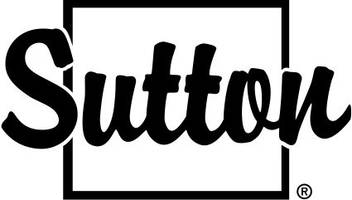PREPARING FOR THE NEW STRESS TEST
OFSI is setting a new minimum qualifying rate or “stress test”, for all uninsured mortgages, or for clients that put 20% or more down on a property. Guideline B-20 now requires the minimum qualifying rate for uninsured mortgages to be the GREATER of either the 5 year benchmark rate, as issued by the Bank of Canada OR the contractual mortgage rate PLUS 2%. Basically, because the of new lending rule most home buyers will be able to afford less house.
On top of this new higher qualifying rate, financial institutions must establish and adhere to appropriate LTV ratios. This means your total housing costs can not be more than a third of your gross income.
Existing mortgage applications: If you’ve received approval for a mortgage already, the new rules won’t affect your mortgage, regardless of when it closes. Pre approvals: Banks should honour existing pre approvals issued under the old rules until those pre approvals expire. For pre approvals issued between Oct. 17 and Dec. 31, 2017, the lender can choose which rules to apply (unless they’ve implemented the new stress test prior to the deadline). The OSFI suggests confirming the conditions of your pre approval with your lender, just to be safe.
Applications in the new year: The OSFI states that if you get a mortgage from a federally regulated lender such as a bank, then all “loan applications or pre-approvals occurring after January 1, 2018, will be subject to the new rules.” There are no exceptions, even if you signed your purchase agreement before the new rules were announced.
Should borrowers looking to purchase be concerned? These new rules will definitely make it more difficult for an applicant to be approved, but there is still a lot of grey area’s that need to be addressed. We all have to wait until OFSI completes their outside consultation and writes up their finally rules and regulations.
A good suggestion might be to talk to a mortgage broker, and see what your options will be. The biggest benefit for working with a mortgage broker: especially after Jan. 1st, 2018, brokers deal with banks, but more importantly “monolines” and “B” lenders. These types of lenders, many times offer better rates than the federally regulated banks, as well as more options to purchasers.
Carla Bosacki
Mortgage Professional
Email: carla@orianafinancial.com
“Great Mortgages Made Simple”





